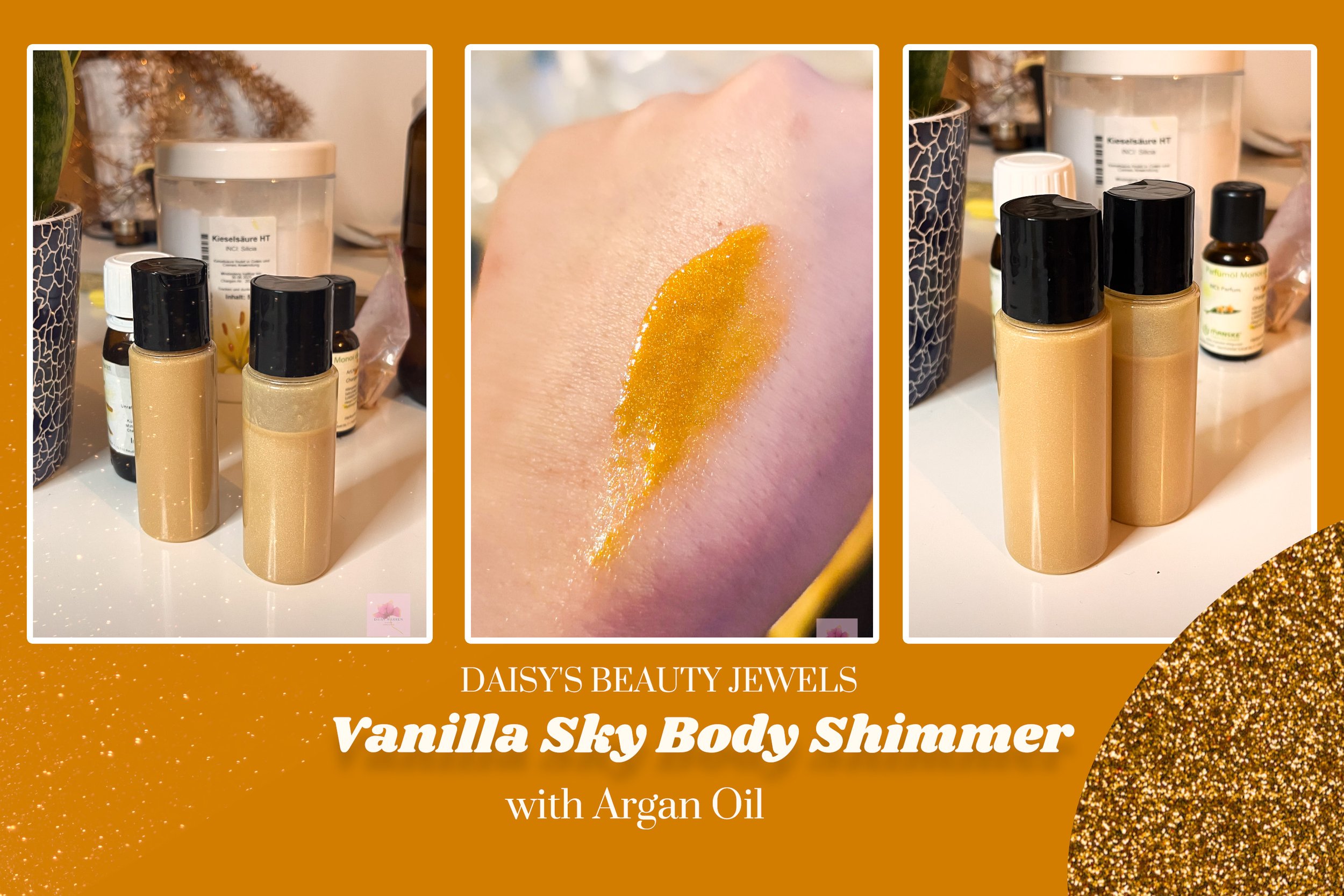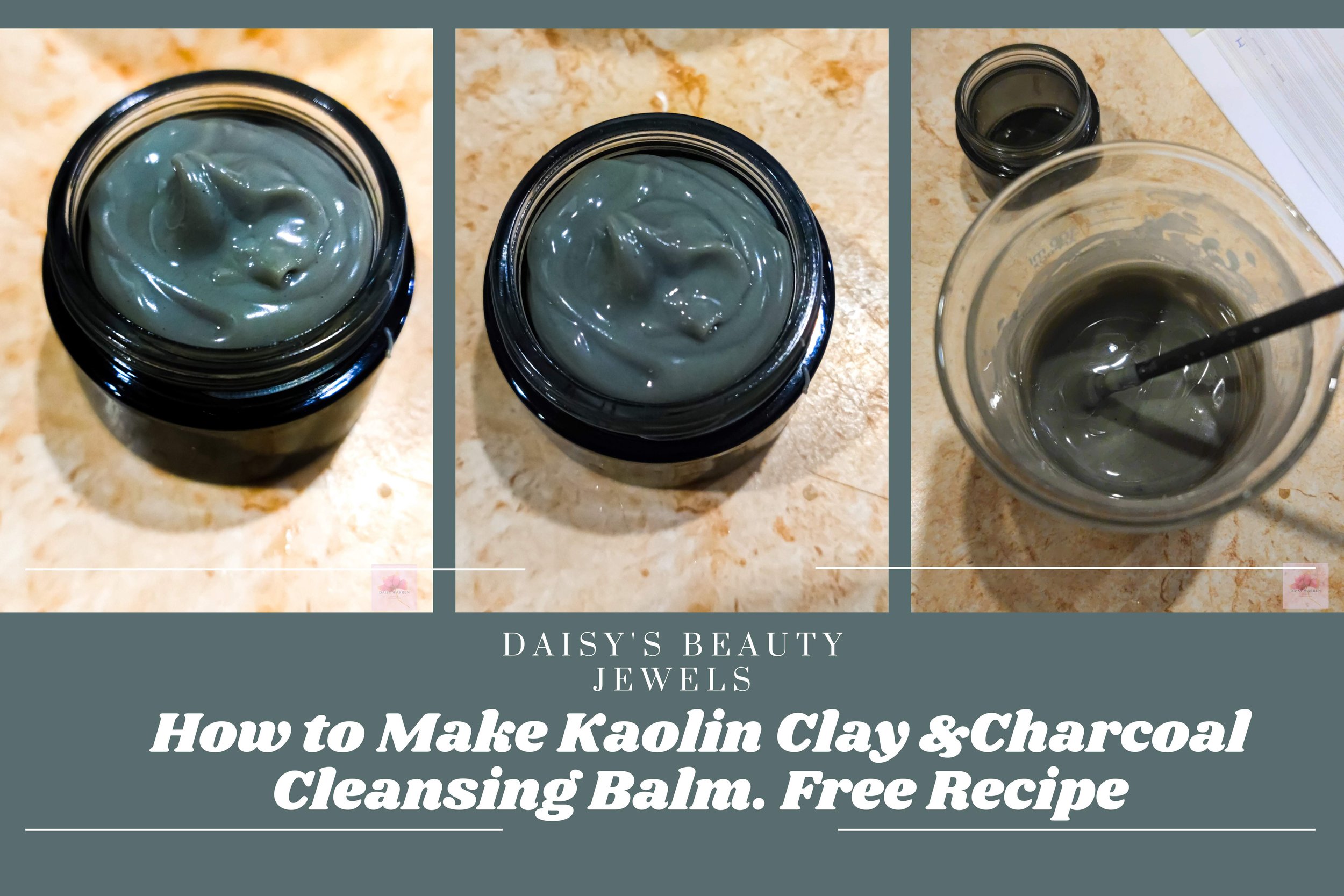How to make micellar gels
What is micellar gel?
A micellar gel is a type of skincare product that combines the properties of micellar water with a gel formula.
Micellar water is a popular cleanser that contains micelles, which are tiny oil molecules suspended in water. These micelles work like magnets, attracting dirt, oil, and impurities from the skin's surface and effectively removing them. On the other hand, gel formulas have a thicker and more viscous texture that is commonly used in moisturizers and skincare products. A micellar gel combines the cleansing power of micellar water with the hydrating properties of a gel, resulting in a gentle yet effective skincare product.
The unique aspect of a micellar gel is its ability to cleanse and hydrate the skin simultaneously. When applied to the skin, the micellar molecules in the gel attract and lift away dirt, makeup, and other impurities without stripping the skin of its natural oils. At the same time, the gel component of the product provides a hydrating and refreshing sensation, leaving the skin feeling clean, soft, and moisturized. Micellar gels are particularly beneficial for individuals with sensitive or dry skin, as they provide a gentle cleansing experience without causing irritation or dryness. Overall, micellar gels offer a convenient and multifunctional solution for effective skincare routines.
In the last Patreon post, we learned about micellar gels and how to make a micellar gel with a natural solubilizer, Sepiclear G7. I do understand that Sepiclear G7 is not easy to source, which is why I also create a batch with Polysorbate 80, which is very easy to find and many suppliers carry it. You can even find it on Amazon.
Gentle Rose Micellar Gel with Sepiclear G7
Polysorbate 80 (tween 80) is a common ingredient found in many cosmetic and personal care products. It is a non-ionic surfactant that is often used in micellar water to help remove makeup and dirt from the skin. Polysorbate 80 works by breaking down the oils on the skin, allowing them to be easily rinsed away with water. It is also used in other skincare products such as lotions and creams as a co-emulsifier, and in water-based products (toners, mists, sprays, cleansers, liquid body washes, shampoos, etc) it is used to solubilize small amounts of oils or oil-soluble ingredients(essential oil, fragrance oils, CO2 extracts, etc) into water. HLB - 15
In micellar waters, Polysorbate 80 is particularly effective at removing makeup, sunscreen, and impurities. It works by creating micelles, which are tiny clusters of molecules that surround and trap dirt and oil. These micelles are then easily rinsed away with water, leaving the skin feeling clean and refreshed products. It is also very affordable and cost-effective and can be used in a variety of skin-care products.
Basic formulation structure of micellar water/gels
There are several must-have ingredients that I prioritize when creating a high-quality micellar gel/water formula.
First and foremost, gentle surfactants or/and solubilizers are essential. These surfactants, such as polysorbate 20, Caprylyl/capryl glucoside, Heptyl Glucoside, Polysorbate 80 and others form micelles that effectively attract and remove impurities from the skin's surface without causing irritation or stripping away natural oils.
Another crucial ingredient is a hydrating agent, such as glycerin, hyaluronic acid, propanediol, Aquaxyl, etc. These humectants help to maintain the skin's moisture balance, preventing dryness and ensuring a comfortable and nourished feeling after cleansing.
Additionally, I like to include soothing ingredients like panthenol, chamomile extract, or aloe vera to provide a calming effect and reduce any potential redness or inflammation.
For micellar gels, a rheology modifier is required to create that nice, unique experience. In this series, I'm combining Sepinov EMT10 (NOT COMPATIBLE WITH CATIONIC SURFACTANTS) and Sepimax Zen to make a superior, silky smooth product with an amazing cushiony skin feel.
Lastly, it's crucial to preserve the product properly, so it's definitely a must and not optional.
By combining these must-have ingredients, I create a micellar gel that effectively cleanses and hydrates the skin, promoting a balanced and refreshed complexion.
@daisywarren949 The formulation process is a labor of love. It takes time and effort but it's so rewarding. #micellarcleansinggel #micellarmakeupremover #micellargel #micellarwater #sepimaxzen #sepinov #sepinovemt ♬ Chichiquetere
Aqua splash Micellar Gel (Polysorbate 80)🌺🌼🌻
A 80.95% Distilled water
A 10.00% Neroli hydrosol
A 3.00% AQUAXYL
A 2.00% Hazel Leaf extract
B 0.75% Sepimax Zen
B 0.25% Sepinov EMT 10
B 2.00% Polysorbate 80
B 1.00% Euxyl PE 9010
B 0.05% Grapefruit meets Peach FO
C 0.00% Acid Green Water-soluble dye (super tiny tiniest amount)
Instructions:🔖
1. Combine all the water-soluble ingredients (A phase)
2. In a separate beaker, combine Euxyl, FO, or EO, a solubilizer, and Sepimax Zen, Sepinov EMT.
3. Slowly add the solubilizer phase to the water-soluble ingredients and stir constantly.
4. Switch to a mini mixer or stick blender if needed.
SUBSTITUTIONS:🔖
Neroli hydrosol - any hydrosol or distilled water
AQUAXYL -panthenol, Hydrolyzed protein, or simply add distilled water if you don't have any water-soluble actives on hand
Hazel Leaf extract - any glycerin-based extract that your skin loves (Chamomile, Calendula, Green Tea, Coffee, Camelia, etc)
Polysorbate 80 - Polysorbate 20 at 5%
Euxyl PE 9010 - Liquid Germal Plus at 0.5%!
Grapefruit meets Peach fragrance oil (leave it out or add a fragrance or essential oil that you like and is skin-safe)
Sepimax Zen - Hydroxyethylcellulose at 0.3-0.5%
Sepinov EMT 10 - Hydroxyethylcellulose at 0.3-0.5%
Acid Green Water-soluble dye (super tiny tiniest amount) -leave it out or add a different dye or mica. Some of your extracts (papaya, for example)can have a tint to them and it could give your product a beautiful hue without adding a colorant. And that's how easy it is to make micellar gels with Polysorbate 80!
And that's how easy it is to make micellar gels with Polysorbate 80!
If you want to take your formulation game to the next level, consider purchasing a Formulation Journal or Ingredient Research Journal to keep your formulating notes and formulas organized. You can check them out here (A4 size, color interior, more than 200 pages)
6x9 Formulation Journals, black&white interior pages., 240 pages
Use my Airtable Base developed specifically for formulators and small business owners to keep track of all your formulas, ingredients, expenses, batch tracking, costs, etc.
DISCLAIMER: Daisy’s Beauty Jewels blog is reader-supported. When you buy products through Amazon links in my blog I may earn a small affiliate commission
This website participates in the Amazon affiliate program; as an Amazon Associate, I earn from qualifying purchases.
CHECK OUT MY INSTAGRAM
































































































